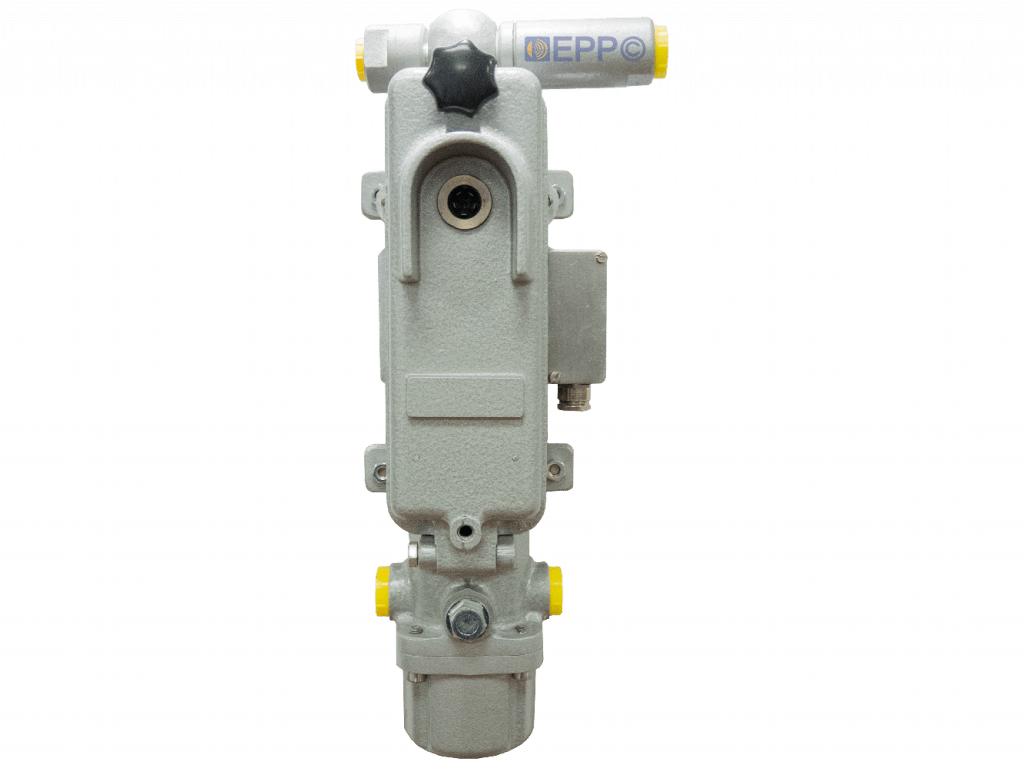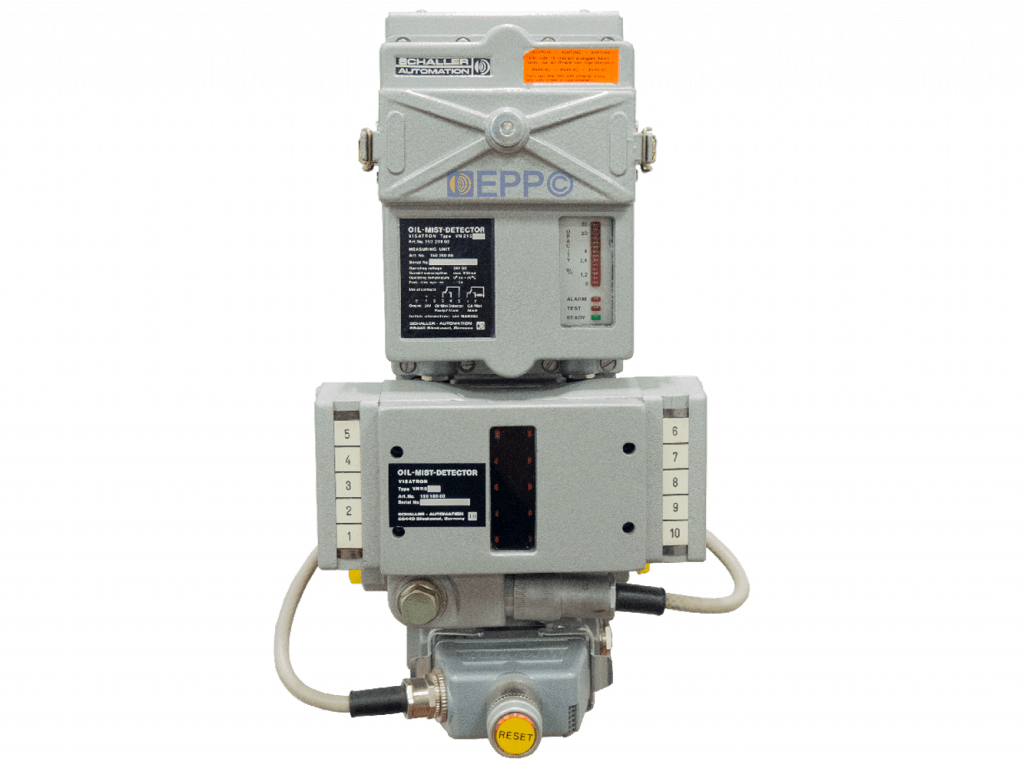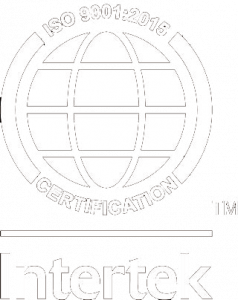Historical models
Over the years Schaller Automation has created and supplied the world with a range of different generations of models. Below you will the historical models Schaller Automation has produced. These are the models that had a great impact on Schaller Automations standing in the industry.
Visatron VN 114
The VN 114 oil mist detector was the first oil mist detector launched by Schaller Automation in 1968. During these years, nearly 500 complete devices were sold mainly to the maritime market. The system was based on an optical electronic system by the use of an electronic light source with semi-conductors. The VN 114 was a compromised system compared to the competitors system at that time. The VN 114 system could be connected up to 4 suction points at the engine, and the system was based on ejector crewating suction from the engine compartment to the oil mist detector. The needed mmWC was set to 15 mmWC as a maximum. During the production period, the VN 114S was launched. This model was an upgraded version based of the VN 114 – Where heating element to prevent failure alarms caused by condensation was included.

Visatron VN/79, VN/80 & VN/82
This model was really opening the big market share for Schaller Automation, and was the first model sold in a high quantity scale according the engine market in the 70’s and 80’s. The success model VN 115/79 was the most popular device – as the price level of this system was low compared to the competitors. Schaller Automation had a «breakthrough» with the new design of the base plate and measuring head. During the years with the VN 114 system, Schaller Automation had got a better knowledge of the aerodynamic effect inside the oil mist detectors. Even today, the basic design from from this generation is used with great success. The electronic module and the technology behind new components during this period opened for much higher and more precise measurement of oil mist. The VN/79-80 and VN/82 generation was the first «self-thinking» systems with self-adjusting sensitivity control. The negative pressure for this generation was between 60,00 mmWC and 120,00 mmWC.


